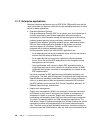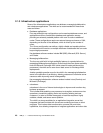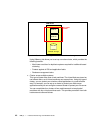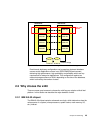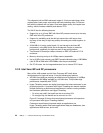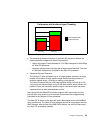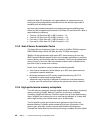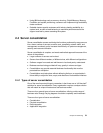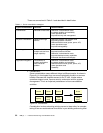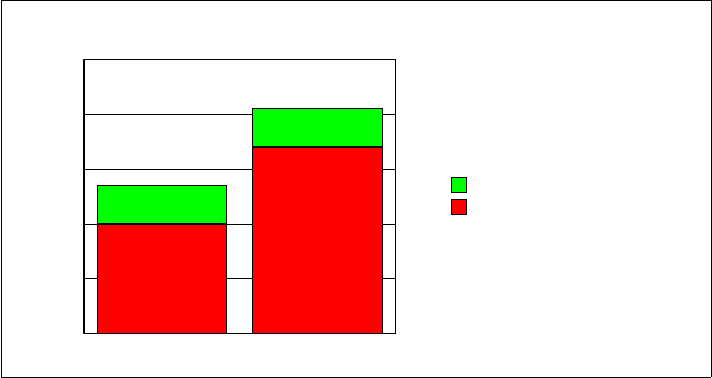
Chapter 2. Positioning 45
Figure 2-3 Comparing processor performance
The three-level cache architecture of the Xeon MP processor delivers the
following benefits compared to Xeon PIII processor:
– Higher throughput: Peak bandwidth of 51.2 GBps compared to 28.8 GBps
for Xeon PIII processor.
– Improved average cache hit rates due to larger cache line sizes. Line size
of 128-bytes compared to 32-bytes for the Xeon PIII processor.
Advanced Dynamic Execution
The Pentium III Xeon processor has a 10-stage pipeline. However, the large
number of transistors in each pipeline stage means that the processor is
limited to speeds under 1 GHz due to latency in the pipeline.
The Xeon Processor MP has a 20-stage pipeline, which can hold up to 126
concurrent instructions inflight and up to 48 reads and 24 writes active in the
pipeline. Faster raw execution results in higher transaction rates and faster
response times for Web and database servers.
Intel reports that the Xeon MP processor supports 36% more users and can
process 40% more orders in an e-business environment than supported and
processed in the Pentium III Xeon processor.
The Xeon DP is similar to the Xeon MP and is also based on the Intel NetBurst
micro-architecture. The Xeon DP was designed by Intel to only support two-way
SMP. However, with the use of the IBM XA-32 chipset, the x440 can have up to
four Xeon DP processors installed.
One-way Two-way
Hyper-Threading delta
Physical processor
Performance with & without Hyper-Threading




